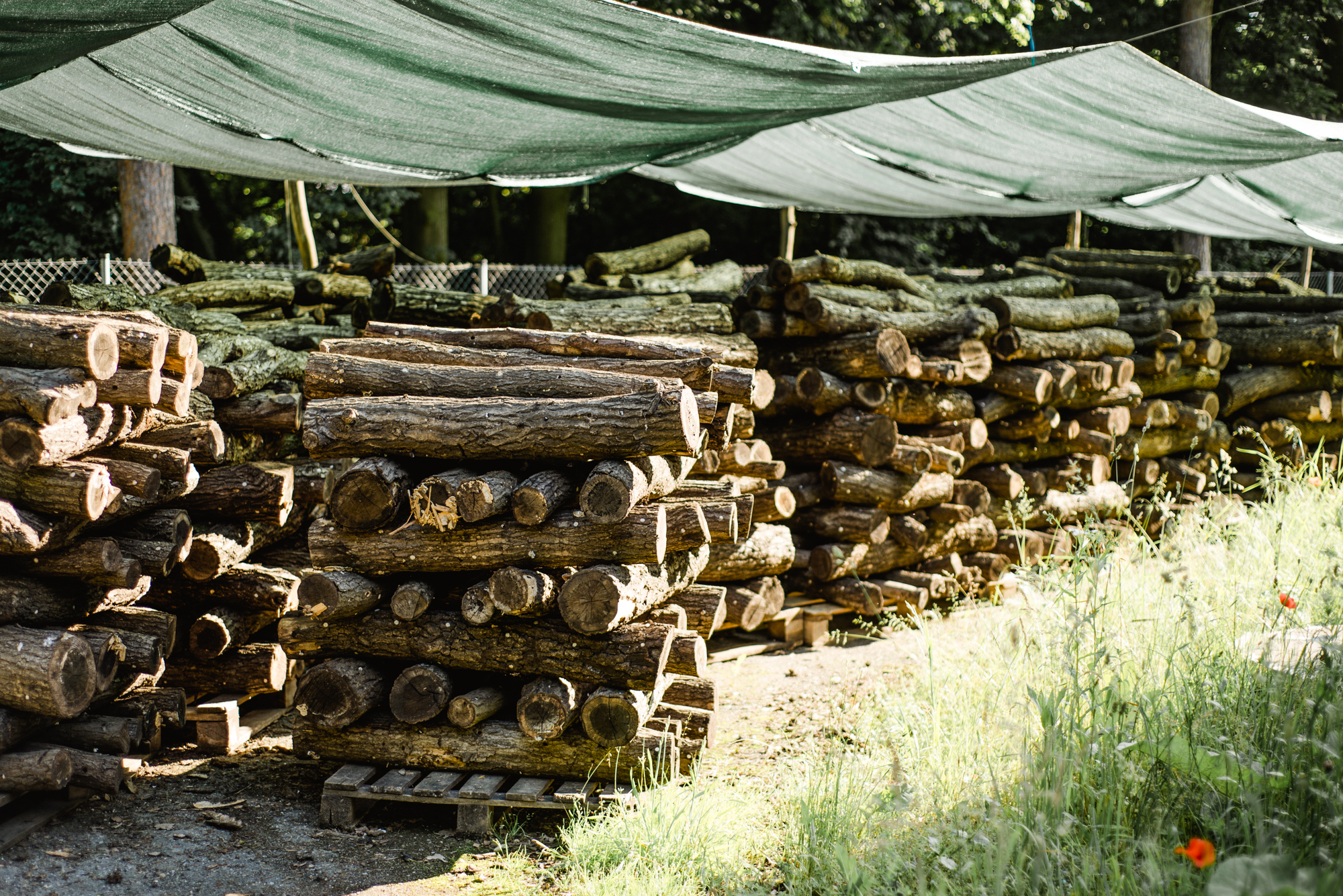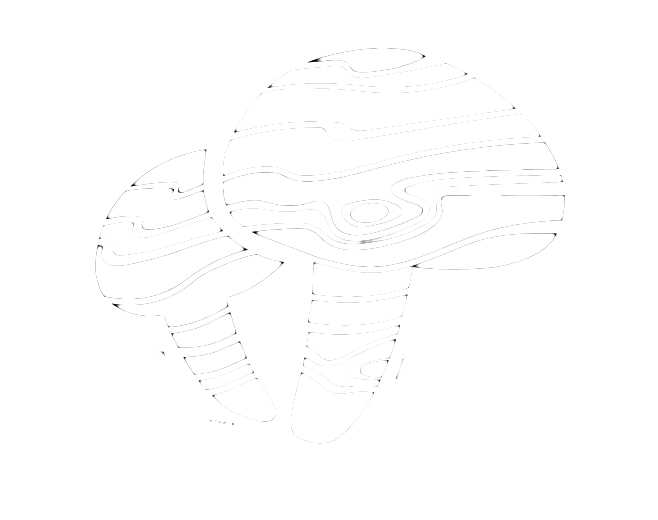How is fresh food made from wood?
Shiitake is a wood-decay fungus, so it all starts with the wood. We cut the wood during the winter season so that it has enough nutrients and moisture. The trunks are then inoculated and left to colonise for 12 months.
The typical substrate for Shiitake is various types of wood. With the exception of conifers and a few other exceptions, they can be grown on almost any type of wood. The quantity and length of time the fungus production depends on its hardness and the amount of sapwood on which the fungus feeds on.
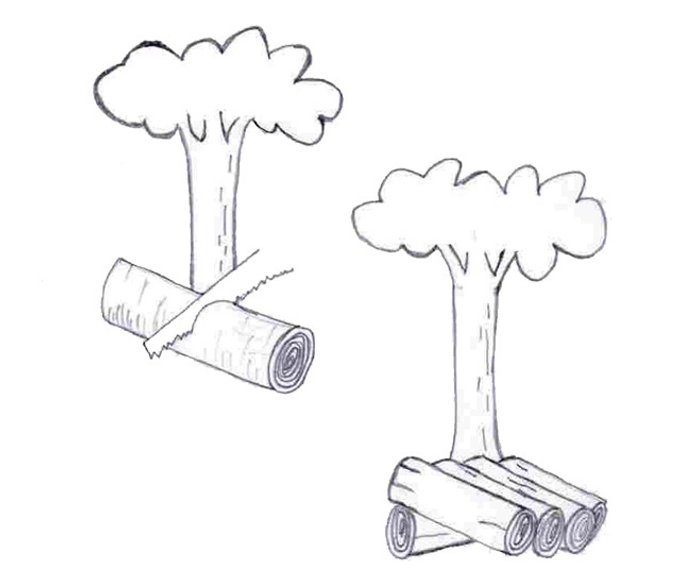
Winter pruning
Oak wood is felled during the winter months when the tree trunks contains a large amount of nutrients especially sugars. Sugars, as one of the main factors, are crucial for later fungal growth.
We use oak wood exclusively for our production but Shiitake also grows well on other types of trees. Apart from conifers. Shiitake thrives on almost every type of wood and the taste varies according to the tree species.
Spring Drilling
We drill the cut logs in a tight, regular clamp. The drilled holes are then filled with the prepared planting material (mycelium). This creates the ideal basis for successful wood colonisation. We have selected the mycelium strains over several years so that they will successfully fruit in our climate.

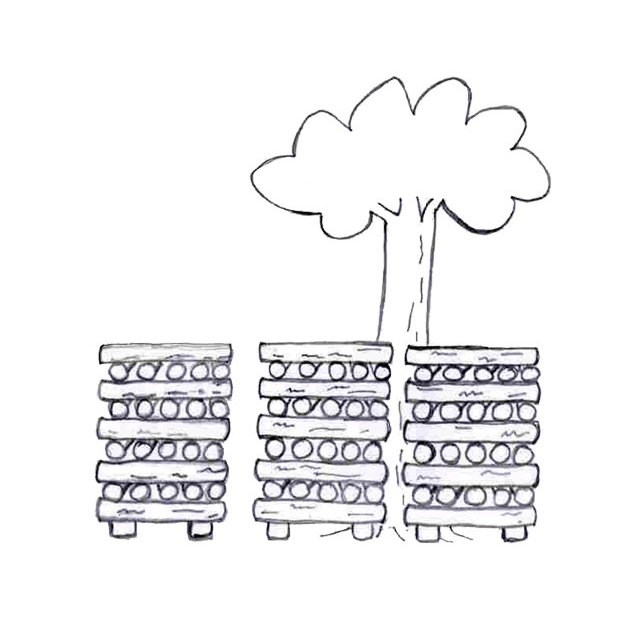
Long growing and maturing
The inoculated trunks are stored in optimal conditions for 6 – 12 months. During this time the whole organism grows and matures. Full colonisation is evident in the trunk cuts.
Regular soaking
Due to the special relationship between Shiitake and water, we are able to control the production time period.
After full colonization, we regularly soak the strains in water to initiate the formation of fruiting bodies. In practice, this looks like “box move” on a slightly larger scale.
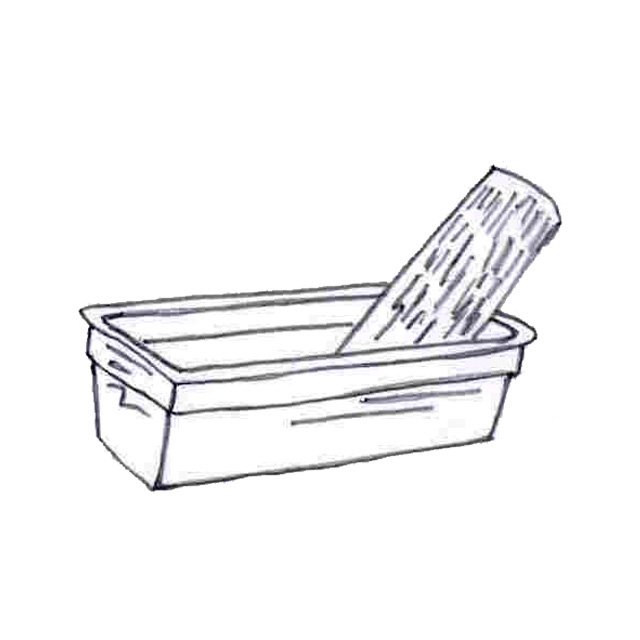
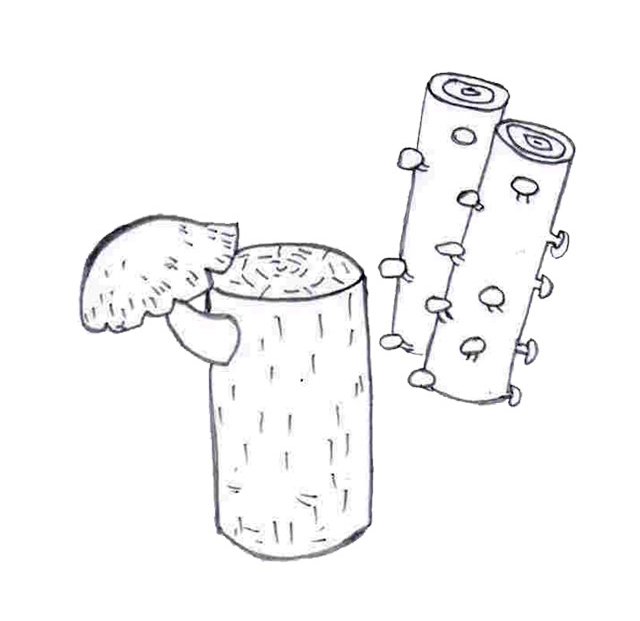
Finally, mushrooms!
3-5 days after soaking, the first tiny primordia of future mushrooms start to appear and grow for a few more days depending on temperature and other conditions
